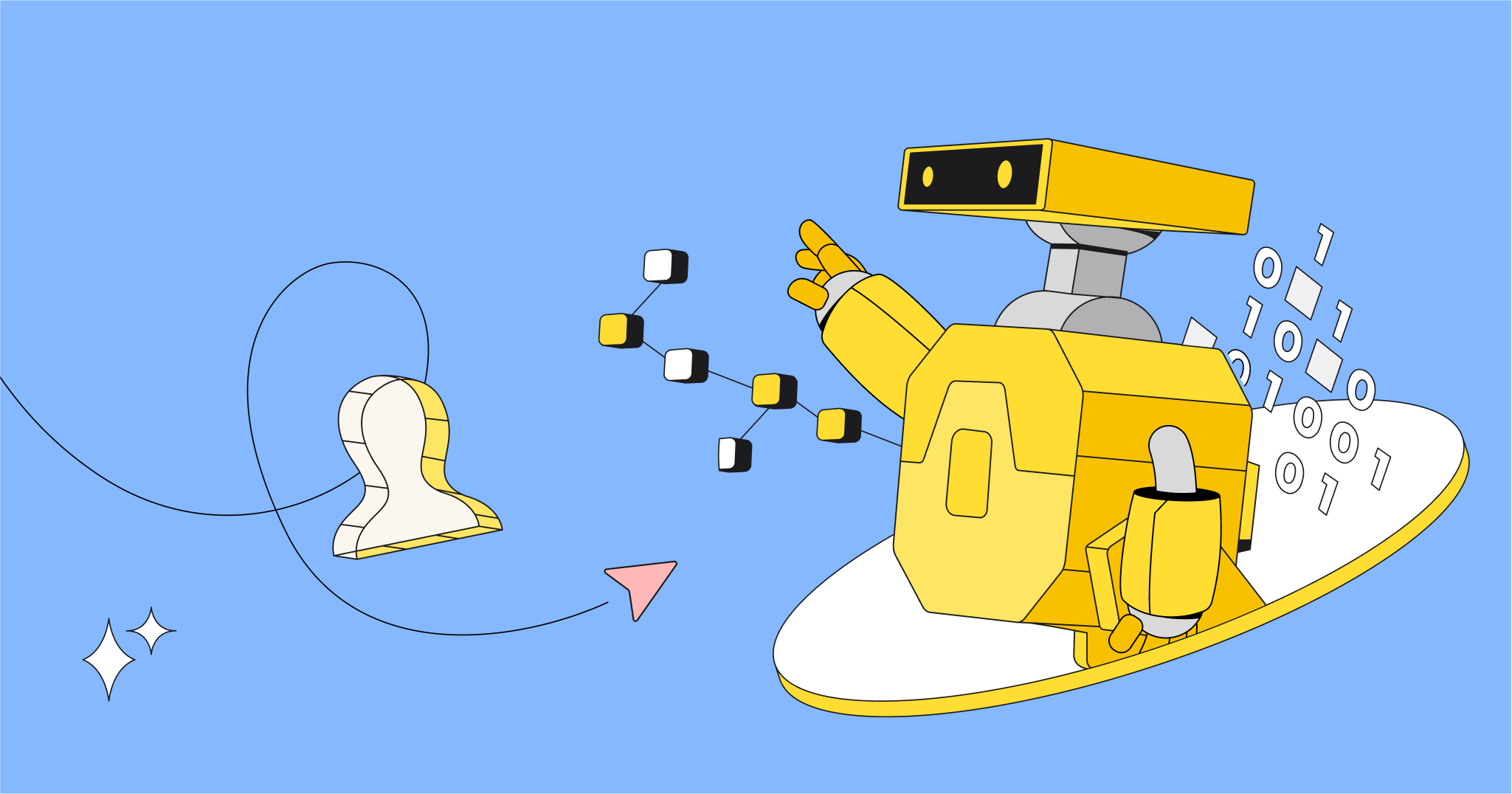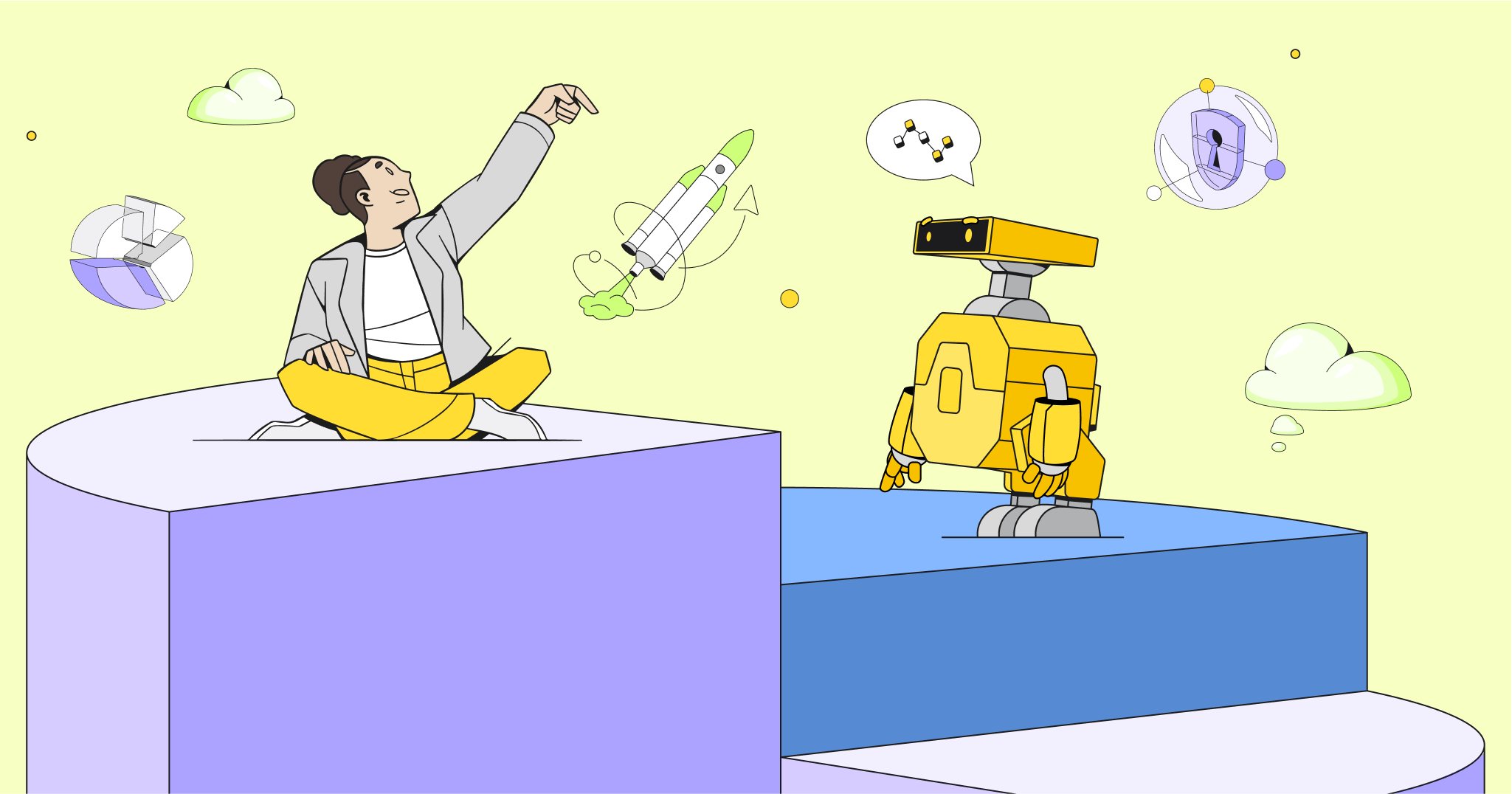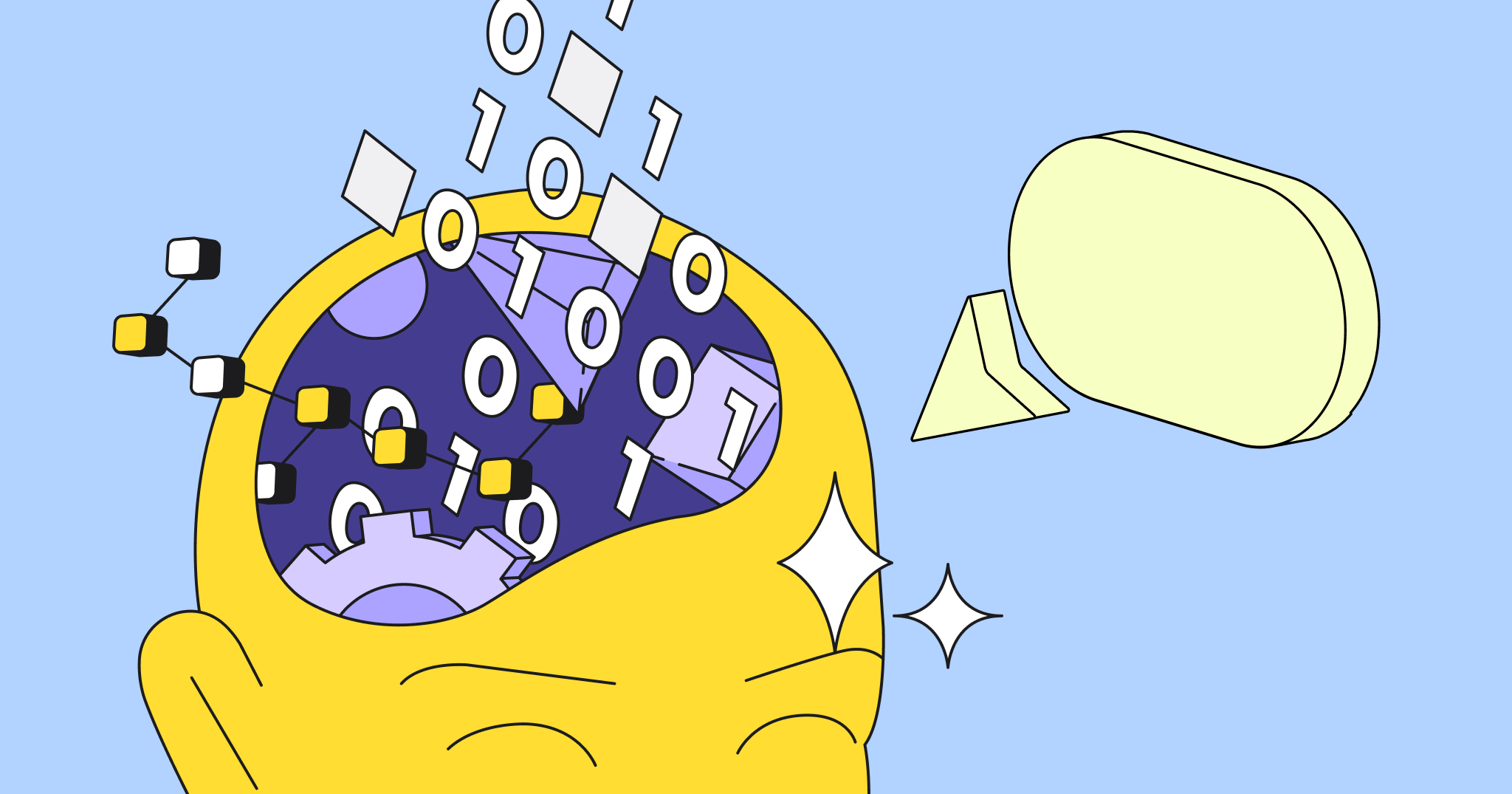Raconteur originally published this article online and in print on October 17, 2024.
In the rapidly evolving landscape of artificial intelligence, visionary leaders are reframing the narrative. The question is no longer whether AI can outperform humans in certain tasks, but how it can be harnessed to elevate human potential and drive innovation.
What does generative AI (GenAI) excel at? And what tasks are best left to humans? As digital technology enters the mainstream, more and more businesses are asking these questions.
But if they seek answers that focus solely on productivity gains or cost-savings, they risk overlooking GenAI’s potential for enhancing human creativity and innovation.
The true promise of GenAI lies in its capacity to amplify what humans excel at, such as critical thinking, high-level strategising and managing teams while dialling down the repetitive, low-value tasks that impede this vital work.
Positioned in this way, digital technology is far from a threat to people’s jobs. It’s actually the key to improving them.
Businesses need to advance from isolated, standalone GenAI experiments to cohesive, people-centric strategies
Research from Microsoft found that 84% of professionals say using AI helps them be more creative, while 83% enjoy their work more.
“Every function in an organisation has this element of ‘I have to do it because it’s my job’ and ‘I want to do it because it’s my craft’,” says Jeff Chow, chief product and technology officer at Miro, the Innovation Workspace.
“AI is going to unlock much more of the ‘I want to do it because it’s my craft’ [element],” he adds.
The potential for automation extends far beyond its support with routine tasks, serving as a wellspring of creative inspiration. GenAI can offer up a constant stream of new ideas to help people break through creative blocks.
While not every AI-generated idea warrants pursuit, the sheer volume and variety of suggestions can propel a product or project in an innovative new direction, or encourage teams to refocus on the core problem they’re trying to solve.
“When teams are digging into something very deeply, they can start rabbit-holing pretty significantly,” says Chow. “Sometimes they lose context, and AI is actually very helpful because its context is really broad.”
Becoming an AI-first organization
To unlock these benefits, businesses need to advance from isolated, standalone genAI experiments to cohesive, people-centric strategies that nurture business-wide ingenuity.
Miro’s journey toward becoming an AI-first organisation shows how this can be achieved. Transparency and a bottom-up approach have played a key role in integrating the technology into existing workflows and habits across numerous functions and departments.
For example, the company sends out a regular newsletter that explores how people are experimenting with AI. Employees are also encouraged to share AI wins on a dedicated Slack channel.
“It’s about saying ‘this really saved me time’…[but] we also have an AI ‘fails’ channel, because it’s really important to keep things light —– like, ‘hey, here’s something I wasn’t expecting,” says Chow.
This culture of light-heartedly celebrating failure allows for a more natural and organic adoption of AI tools and techniques. “We’re taking a disruptive technology and lowering the threat of fear…[because] you have to get it into the critical workflows people are already [collaborating on],” Chow explains.
Along with developing its own AI strategy, Miro has embedded AI within its workspace platform. Miro AI can transform ideas on a canvas into instant briefs, summaries and diagrams, reducing what was previously hours of work down to seconds.
Furthermore, it can also be a brainstorming partner, with the ability to break down topics in mind maps with questions or ideas. Crucially, there’s no need for tool-switching as all of this happens on one canvas.
Now, users can also cluster sticky notes by theme or sentiment with one click. “Little things like that are what we would call micro wins, and they’re pretty valuable,” says Chow. “It’s the first exit ramp on the way towards unlocking [more] creativity.”
Innovating at speed
All of these features are designed to create faster, more collaborative workflows. Whereas a product manager may previously have needed a week to produce a product brief after a kick-off call, they can now generate one as soon as the call ends. Crucially, this means that feedback can be gathered when the project is still fresh in the stakeholders’ minds.
“We thought customers would say: ‘This is great, we’re going to have AI generate a product brief and that will speed us to the next phase [of the project]’,” says Chow. “But they found that the real value was in the higher quality feedback loops, as they [product managers] were able to get the brief to the collaborators for review in a day rather than a week.”
In short, maintaining the creative energy behind a collaboration is often just as valuable as saving time. Pointing to another example of this playing out in practice, Chow notes Miro AI’s ability to rapidly synthesise canvas ideas into a wireframe prototype.
“For the designer, it makes it more of a collaborative, cross-functional task. It’s a visual collaboration that gets you feedback from customers faster. The classic feedback loop of creating a prototype and saying: ‘Does this resonate with you? Does this work?’ probably takes one or two weeks, whereas here it would take a day [or less].”
Instead of simply accelerating time to market, teams are using the compressed timespan of these feedback loops to carry out more product iterations with customers.
“They are saying: ‘We’re going to leverage that time to tweak, refine, tweak, refine, tweak refine, etc.” The level of innovation is increasing.
Specialist AI agents (called AI Sidekicks) have also been introduced to the Miro Platform. They help you deliver your best work by giving feedback and suggestions on your presentation or suggesting next steps from a retrospective. These agents give you a fresh perspective from a product leader, agile coach or from the experts at the Product Marketing Alliance.
“Most teams aren’t fully funded: there are competing priorities and other things going on that lead to gaps at the micro level,” says Chow. “…[So] maybe the product leader isn’t available, but you can call on an AI agent to weigh in and help you brainstorm.”
It’s not replacing the human employee, he explains. “But if you didn’t have much time with them, or you have to go back to the drawing board after a meeting, it can help to speed up the collaborative process.”
For leaders wanting to innovate and thrive, it’s not about whether AI can do things better than humans, but how it can be adopted to enhance human creativity — redefining what is possible for their teams.




